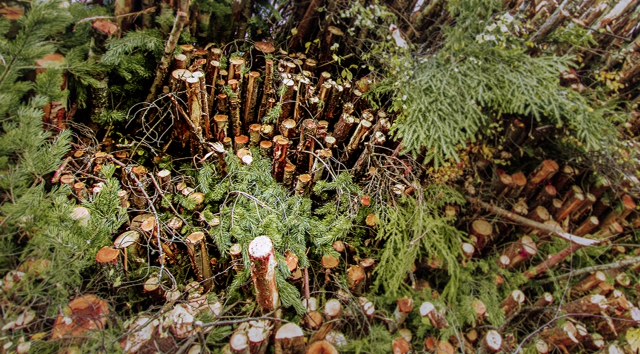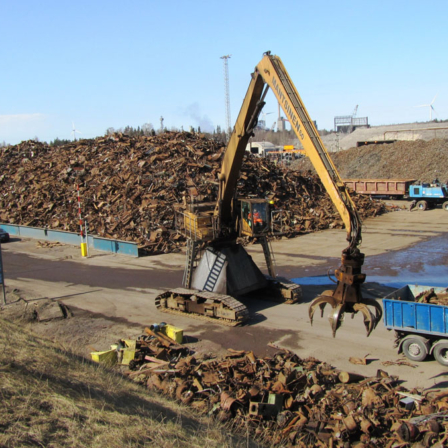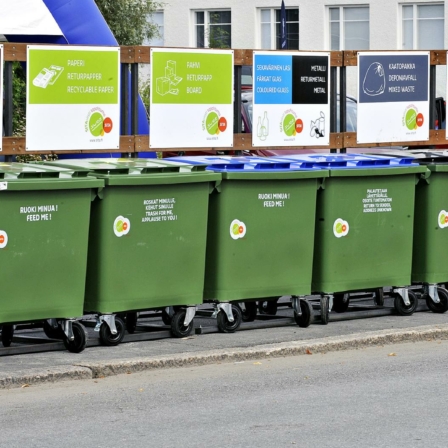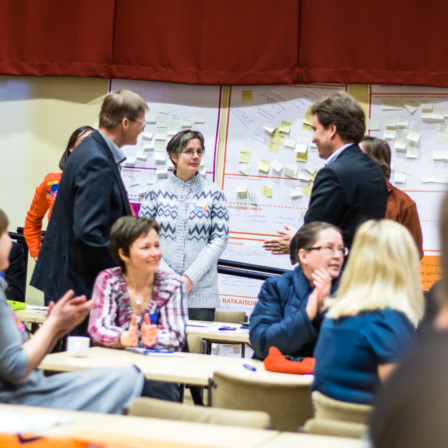These are exciting times at Fortum’s power plant in Joensuu. In October, commissioning started for the world’s first bio-oil plant to be integrated to a combined heat and power plant (CHP plant). The plant was inaugurated on 29 November 2013.
The plant produces Fortum Otso® bio-oil. This bio-oil is primarily produced from wood chips obtained from the local region, as well as first-thinned timber and other wood biomass, such as forest industry by-products. Bio-oil is a sour, tar-like liquid, which contains energy in a format that is six times more compact than in wood chips. Some water remains, making bio-oil’s heat approximately half of that of fuel oil per unit of volume.
Bio-oil can replace heavy and light fuel oil at heat plants and in the production of industrial steam, reducing energy production CO2 by as much as 90 per cent. Additionally, as bio-oil is wood-based and thus almost sulphur-free, it has a positive impact on the local air quality. Bio-oil is also being developed with a view to a higher-value liquid fuel.
The plant’s production technology is called fast pyrolysis. Dried and crushed wood is heated for a few seconds at 500 degrees Celsius, converting most of it to gaseous form. Cooling the gas flow condenses 70 to 80 per cent of the dry material into wood-oil, i.e. bio-oil. The rest is gas and charcoal, which are returned to become fuel for the power plant.
What makes bio-oil production resource-wise? It is the sum of many factors:
- the raw material acquisition process is strongly integrated to the power plant’s fuel acquisition process;
- charcoal and the non-condensed gases that are created as a result of bio-oil production become fuel for the plant, so all raw materials can be utilised;
- bio-oil needs heat, which is produced using an efficient CHP plant, increasing both the amount of electricity produced and the current plant’s utilisation rate;
- the round-the-clock use and maintenance of the bio-oil plant is taken care of as part of the power plant’s normal operations.
The above factors have helped us create a global first. We would also like to thank our research partners at VTT, Metso and UPM, as well as the Finnish innovation system. Tekes research and product development subsidies and the Ministry of Labour’s new technology investment subsidies made this development possible and, at the very least, more rapid. Our trendsetter status has also received international acclaim, as the organisation Global District Energy Climate Award granted Fortum an innovation award in September.
More information can be found at www.fortum.com. A video of a bio-oil plant can be viewed here (in Finnish).
Writer profile: Heli Antila is Technology manager at Fortum Oyj. Twitter @AntilaHeli









Recommended